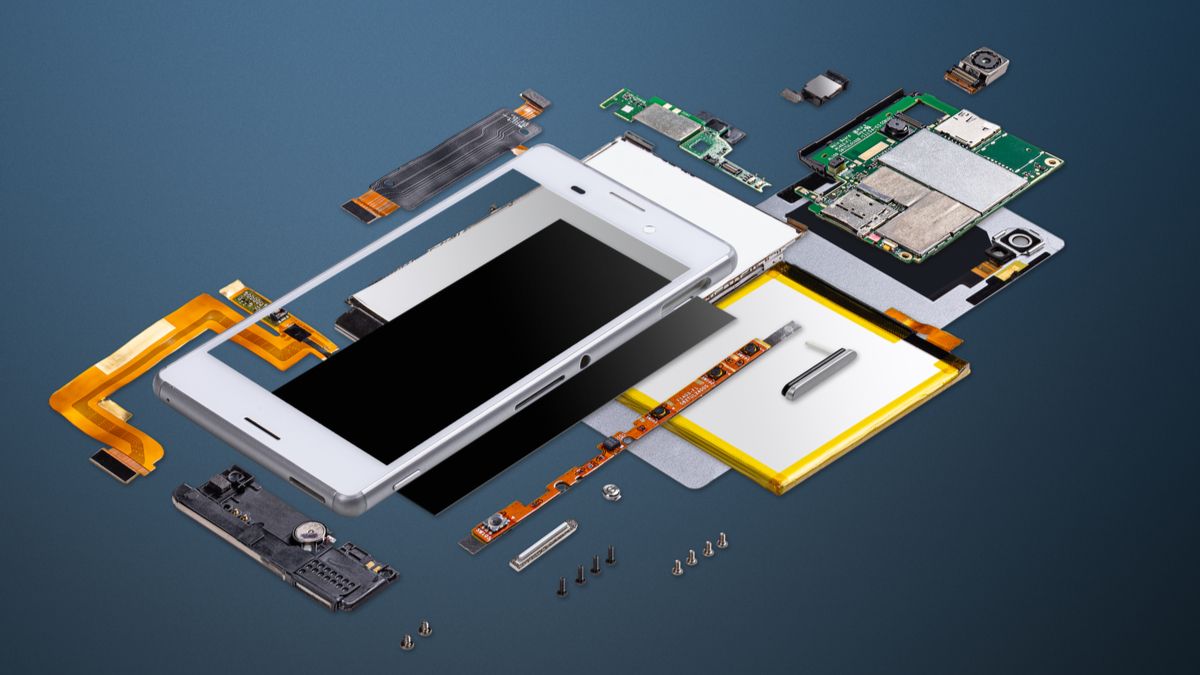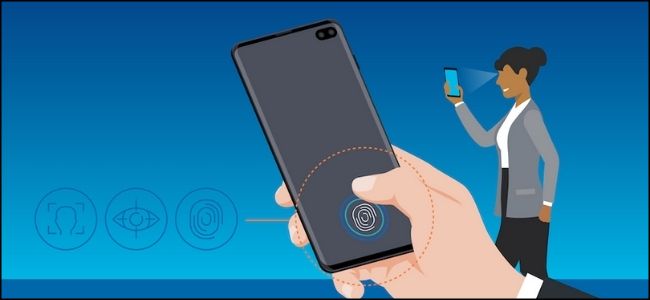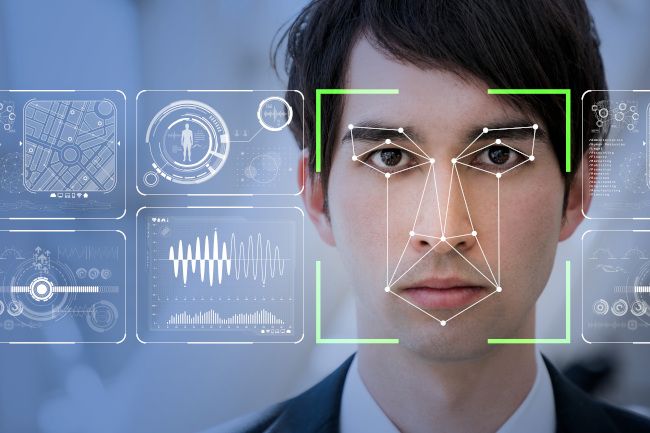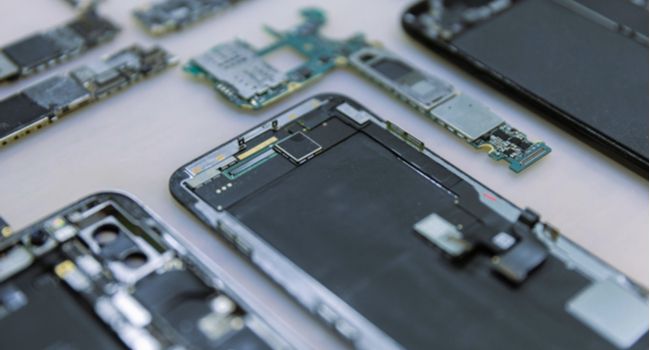Quick Links
It's pretty cool that we have mini-computers in our pockets at all times. There's a lot that goes into making smartphones work as well as they do. Let's take a look at the many sensors inside your phone.
How does the screen automatically adjust brightness? How does the phone know to rotate the screen when you turn it? It's all thanks to the dozens of sensors hidden inside. We'll explain a few of the most important ones.
Ambient Light Sensor
The Ambient Light Sensor is responsible for a common feature on iPhones and Android devices called "Auto Brightness." This sensor makes it possible for your phone to detect the lighting conditions around you and adjust the screen brightness accordingly.
The sensor essentially takes in all the available light around you and uses that to calculate the ambient lighting conditions. That information is then sent to the display, which brightens or dims to match. It's a simple concept, but extremely convenient. You hardly ever need to manually adjust the brightness.
Accelerometer
The Accelerometer is one of more well-known sensors in smartphones. Many people assume it's responsible for knowing when to rotate the screen, but it's actually just one piece of the puzzle.
Alone, the accelerometer detects motion. It detects motion in three directions---side-to-side, up/down, and forward/backward. Essentially, whenever your phone moves, the accelerometer notices it. That's how phones can be used as step counters.
The accelerometer detects movement in relation to gravity. It's really good at picking up any movement, but not great at knowing the precise position of your phone.
Fingerprint Scanner
There are three main types of fingerprint scanners---optical, capacitive, and ultrasonic. An optical scanner is essentially a camera, it uses light to scan your finger. These are easily fooled.
A capacitive scanner uses electronic capacitors to scan your finger. It's the same technology found in "capacitive buttons," which can detect touch without being pressed. These are better than optical, but not the best.
For the most secure fingerprint scanner, you want an ultrasonic sensor. This type uses sound waves to detect all of the ridges in your finger. It's pretty hard to fool these---though not impossible---which is why they're mostly found on high-end smartphones.
In-display or Under-display fingerprint scanners typically are optical or ultrasonic.
GPS
GPS (Global Positioning System) is probably the most well-known sensor in your phone. This sensor is responsible for knowing your precise location. It's used by mapping applications and many others.
How does GPS work? The GPS unit inside your phone receives pings from satellites. It uses information from multiple satellites to triangulate your exact position. That's why the GPS signal can be weak indoors sometimes. All of this happens without using data, by the way.
Nowadays, smartphones use GPS information along with cell tower signal strength and wireless networks for even more accurate location details.
Gyroscope
We mentioned that the accelerometer needs help to know when you rotate your phone. The gyroscope is the second piece of that puzzle. It measures how much your phone has been rotated and in which direction.
However, the gyroscope needs help too. Every rotation is compared to the previous time you rotated your phone---and your phone is always being slightly rotated. This causes "drift" over time, making the information inaccurate.
The accelerometer corrects this drift issue and also provides information about the device's motion. Together, they can measure the true acceleration, but there's one more piece to the puzzle missing.
Infrared Sensor
If your phone doesn't have a fingerprint sensor, there's a good chance it has an infrared sensor for facial recognition. This is what the iPhone uses for Face ID.
An infrared sensor uses infrared light to map your face in three dimensions with a series of dots. The infrared light is super important because it allows it to work in any lighting condition, unlike a regular camera.
Every time you try to unlock your phone, the sensor scans your face and compares it to the images it knows are you. If it matches, the sensor tells the phone to unlock.
LiDAR
LiDAR is a sensor found in modern iPhones and iPads. Its purpose is to determine the distance between itself and other objects. It does this by measuring how long it takes pulses of light to bounce back. It's like radar, but with light instead of radio waves.
The benefit of LiDAR over radar is it works better in small scale environments, like your home. The data collected by the LiDAR sensor is used to create 3D models, improve augmented reality, and find your AirTag. You can do a lot of things with LiDAR on your iPhone or iPad.
Magnetometer
The last puzzle piece for your phone to know when you rotate it is the Magnetometer. This sensor is essentially a compass, it tells you which direction is north. If you've ever used a compass app, it used this sensor.
The magnetometer detects which direction the device is moving in relation to the ground. Combine that with the information from the accelerometer and gyroscope and you get the complete picture of which orientation the device is in. All three work together and correct each other.
Proximity Sensor
A proximity sensor does exactly what you would expect---it measures proximity. Similar to LiDAR, it emits a beam of light (that you can't see) and then measures how it bounces back.
The proximity sensor is most commonly used to know when to turn off your screen. It's what turns off the screen when you hold your phone to your face for a phone call or put it in your pocket with the screen still on.
Even More Sensors
These are just a handful of the most common sensors you'll find in smartphones. There are plenty of other sensors doing important things, too. As you can see, many of them work along with other sensors to do complex things. That phone in your pocket is an intricate web of processes and calculations. They truly are smartphones.





